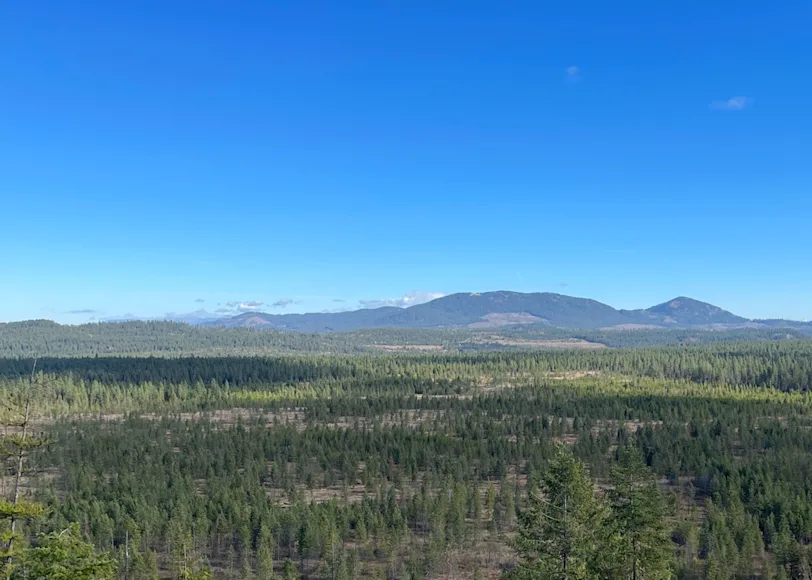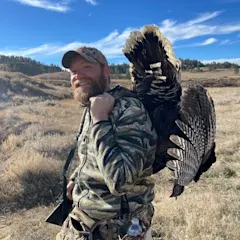Recent polls show that most Idaho voters value public lands for things like hunting, camping, and fishing—and they want them to remain in common ownership. Those polls were borne out last June when the state’s congressional delegation played a key role in defeating Utah Sen. Mike Lee’s attempt to sell off more than 3 million acres of federally-managed public lands throughout the West. Now, a state legislator is proposing a constitutional amendment that could prevent future sell offs of Idaho's state-owned lands.
State Sen. Ben Adams’ announced his amendment at a public event in Pine, Idaho last week in front of roughly 30 attendees. It deals with state-owned “endowment lands.” There are currently 2.5 million acres of endowment lands in Idaho, according to Idaho.gov. Though the state was granted more than 3.6 million acres at the time of statehood, “ownership has been consolidated and some land has been sold,” the Idaho.gov website states. In 2016, The Wilderness Society released a report showing that the state has sold at least 1.7 million acres of state land for development over the years.
On its website, the Idaho Department of Fish and Game (IDFG) says that roughly 2.3 million acres of the state’s remaining endowment lands are available for hunting, and 96 percent of the entire 2.5 million acres is accessible by foot, watercraft, or vehicle. The IDFG pays the Idaho Department of Land for the hunting access and other recreational uses that Idahoans currently enjoy on endowment lands.
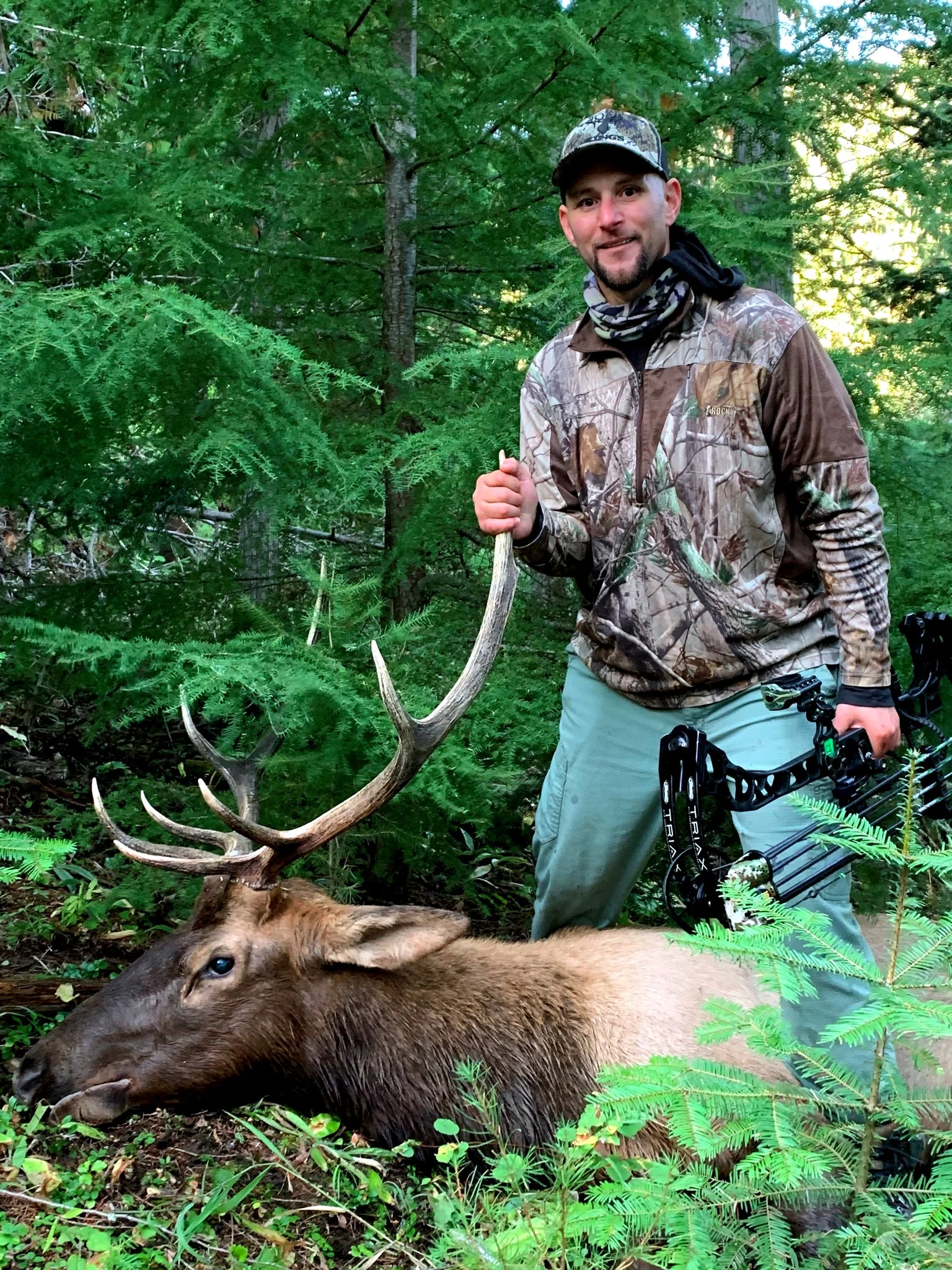
But these lands aren’t equivalent to federally managed public lands, Sen. Adams tells Field & Stream. “The whole function of the state having endowment lands is to generate revenue,” he says. “The priority isn’t to maintain these lands for public access or utilization. When the land board decides this land is not profitable enough, they can sell it.”
With his amendment, Adams hopes to disqualify some endowment lands from future sell offs by Idaho's State Board of Land Commissioners. But it will only apply to land that is purchased by the state of Idaho from the federal government during future transactions. Under his plan, any state-owned endowment lands that are acquired from the federal government will have to go into a trust that’s held in perpetuity. According to Adams, those lands would not be owned by the Idaho Department of Land, like current endowment lands, but would instead be owned by the people of Idaho.
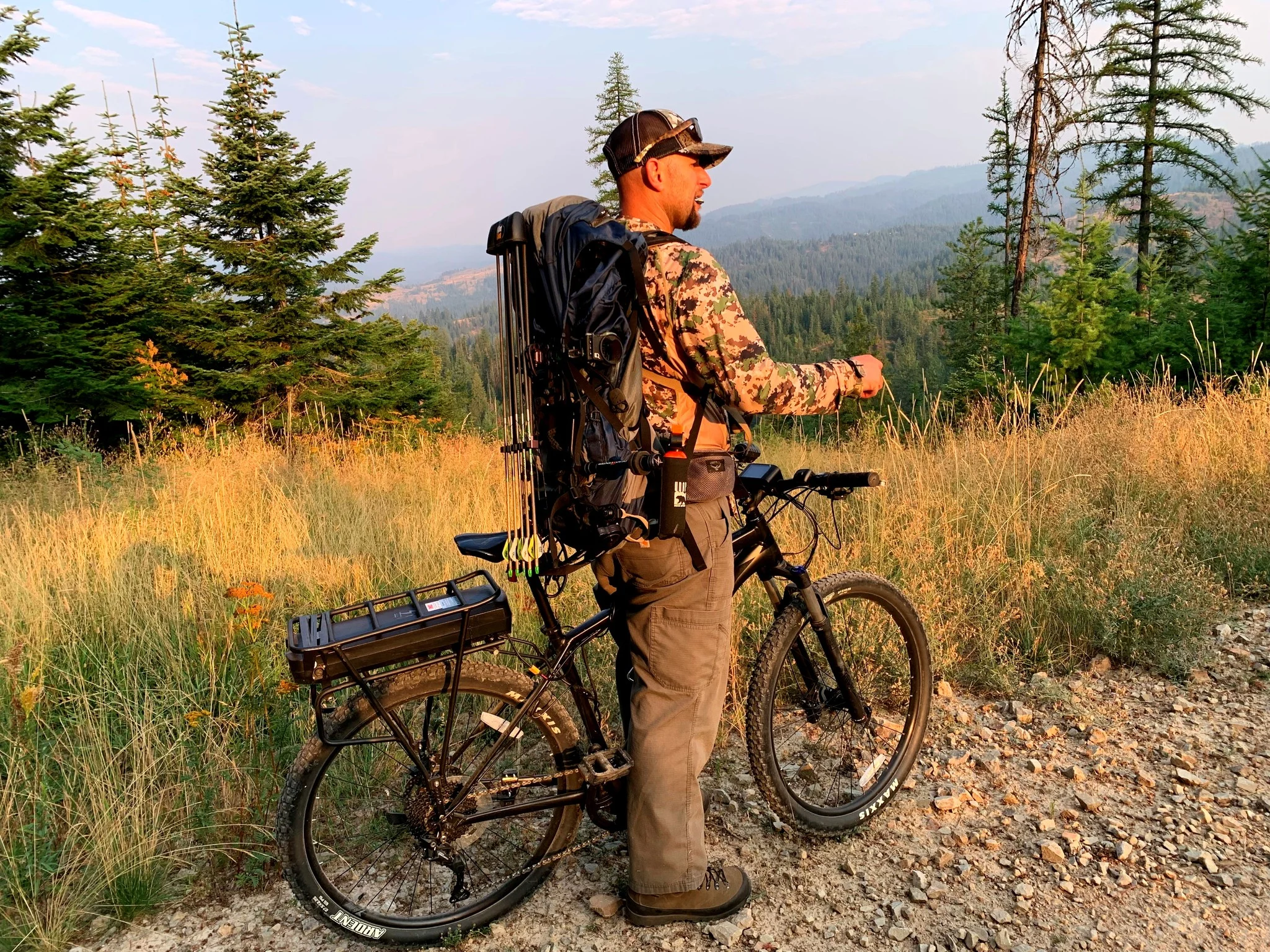
Local Support
Braxton McCoy is the founder and president of a newly formed conservation organization called the Sagebrush Institute. On its website, the organization bills itself as “an unapologetically conservative nonprofit created by hunters, ranchers, veterans, and outdoor professionals who believe conservation is a patriotic duty."
A decorated veteran of the Iraq War and longtime public land advocate who grew up on a horse ranch in southern Utah, McCoy played an outsized role in the defeat of Mike Lee’s attempted land grab. During the heat of the debate over Lee's 3.5 million-acre public land sell-off provision, McCoy appeared on the Shawn Ryan podcast decrying the land grab and encouraging Ryan’s podcast audience to oppose it. Ryan has a large and engaged audience. His Youtube channel alone has amassed roughly 1 billion views with just over 224 episodes posted. The episode that featured McCoy—titled “Why is the US Government Selling Millions of Acres of Public Land?”—has reached more than 700,000 people since Ryan posted it on June 30.
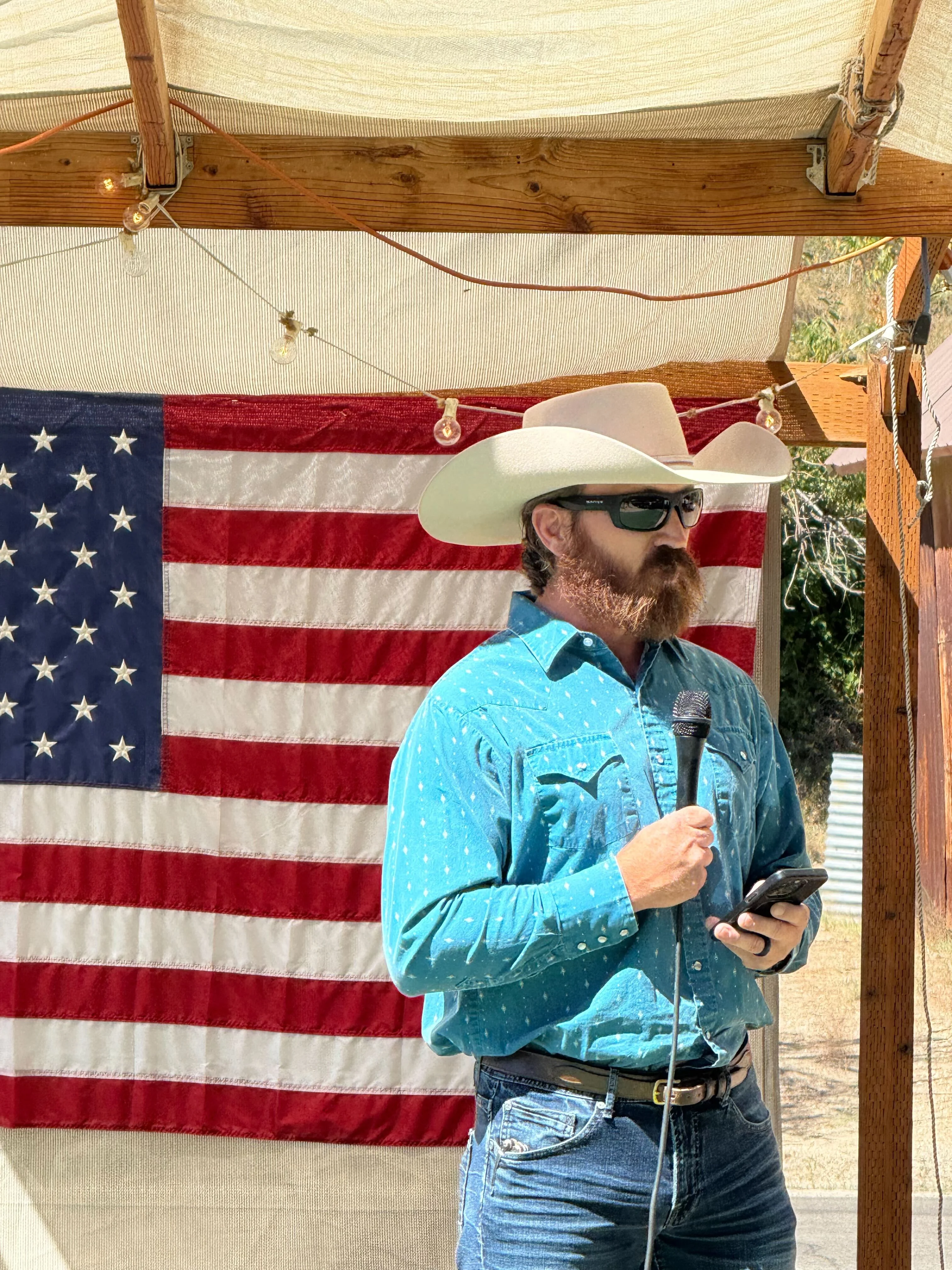
A lifelong hunter and now a resident of rural Idaho, McCoy spoke at the Pine event where Adams unveiled his proposed amendment. He tells F&S that the Sagebrush Institute is fully supportive of the amendment in its current form. “We’re on board to the extent that it’s an added layer of protection for state-owned lands,” he says. “If somehow the language deviated, and it became a call for transfers [of federally managed lands to states], I would be all the way out. We are adamantly against transfers.”
Adams says that the intention of his amendment isn’t to encourage the transfer of federally managed public lands to the state of Idaho, but to safeguard those lands from privatization in the event that they are transferred. “It’s a guardrail against our state-owned lands being sold off to big developers and land corporations that are building huge portfolios," he says. “And I anticipate other states seeing the value in this after it moves through Idaho—including Utah.”
Read Next: Boundary Waters at Risk Again As Trump Administration Declares Support for Copper Mine
Adams says he'll officially introduce the amendment at the beginning of the 2026 legislative session in January. According to the Idaho Capital Sun, it takes at least a two-thirds supermajority vote of both the Idaho Senate and the Idaho House of Representatives to amend the Idaho state constitution. If it clears that hurdle, the proposed amendment will appear as a referendum on the 2026 general election ballot in November. For it to become law, Idaho voters will have to pass the referendum by a simple majority.

